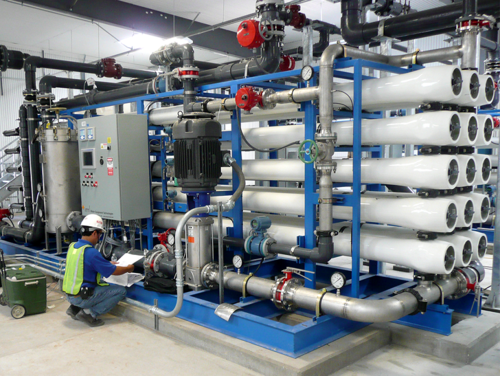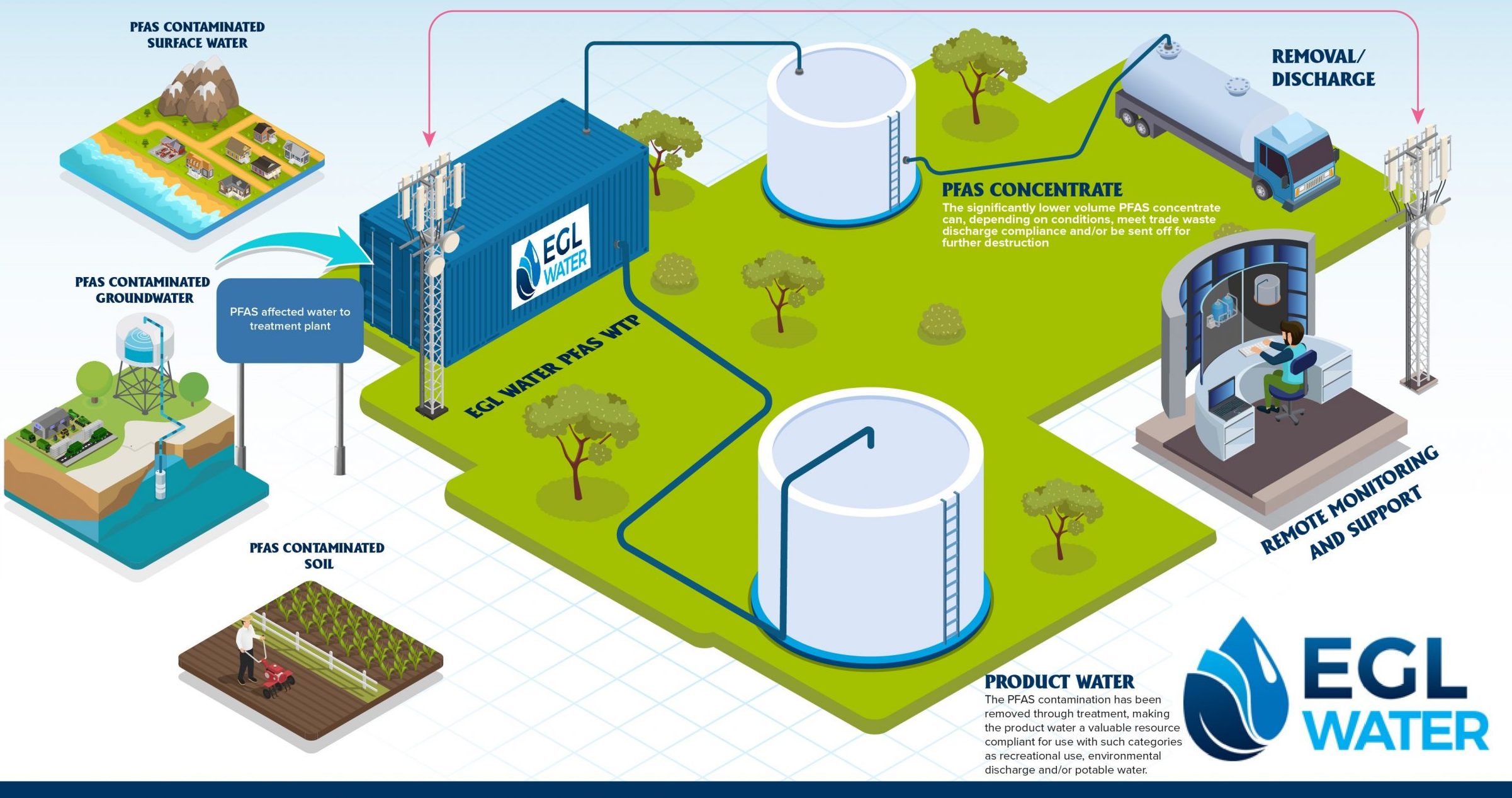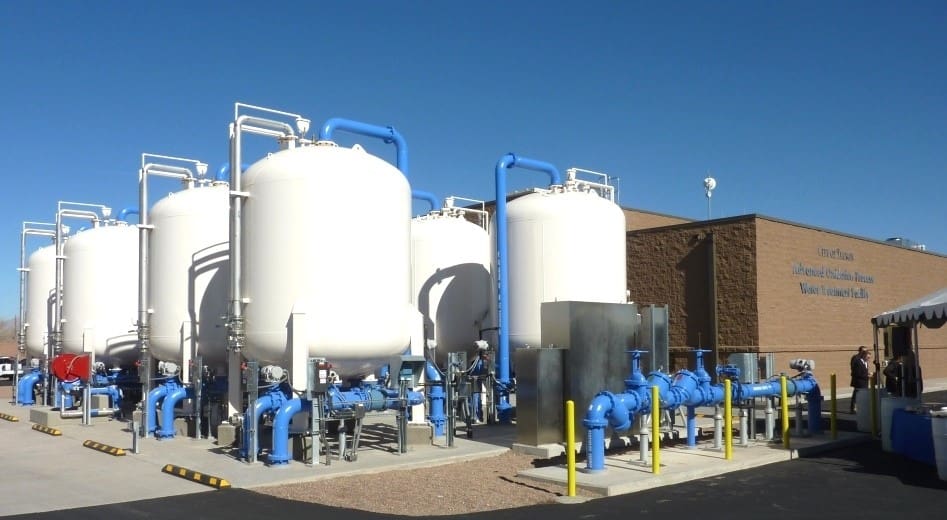The Complete Guide to Effective PFAS Treatment for Water Contamination
How PFAS Therapy Makes Certain Clean and Sustainable Water
The existence of PFAS, generally understood as "for life chemicals," presents significant difficulties to water quality and public health. The implications of these therapies prolong past instant health and wellness advantages; they raise essential questions regarding long-lasting water monitoring techniques that have to be addressed to guarantee a durable future.

Comprehending PFAS Contamination
PFAS, or per- and polyfluoroalkyl substances, have actually become a substantial ecological issue due to their prevalent frequency and persistence in the environment. These artificial chemicals have been used in different commercial applications and consumer items, consisting of non-stick kitchenware, water resistant clothes, and food product packaging, as a result of their one-of-a-kind residential properties such as water and oil resistance.
The contamination of dirt and water sources by PFAS occurs mainly with commercial discharges, firefighting foam use, and seeping from land fills. pfas management. When launched, these materials are immune to deterioration, causing their build-up in the atmosphere. This perseverance raises important issues, as PFAS can take a trip fars away via groundwater and surface area water supply, impacting alcohol consumption water products and ecosystems

Health Dangers of PFAS
The persistence of PFAS in the atmosphere elevates considerable health issues for people exposed to these materials. Research has actually linked PFAS exposure to numerous unfavorable health and wellness results, consisting of immune system disorder, liver damage, and enhanced threat of specific cancers.
The ubiquity of PFAS in consumer items, such as non-stick cookware, water-repellent textiles, and food product packaging, more amplifies the threat of exposure. Consuming water infected with PFAS is a significant problem, as these chemicals can seep into groundwater resources. Susceptible populaces, including children and those living near industrial sites, might deal with intense dangers as a result of their creating systems and possible for greater direct exposure degrees.
As recognition of these health and wellness dangers continues to expand, governing firms are starting to establish standards for PFAS degrees in drinking water. Public wellness efforts are vital to minimize direct exposure and safeguard areas from the long-lasting results of these harmful substances.

Innovative Therapy Technologies
How can we efficiently take on the obstacles presented by PFAS contamination in water sources? Cutting-edge treatment technologies are becoming essential services in the quest for tidy water. These approaches concentrate on the removal or destruction of per- and polyfluoroalkyl substances (PFAS), which are infamous for their persistence in the environment.
One appealing technique is adsorption making use of innovative products, such as turned on carbon and ion exchange materials. These materials have shown effectiveness navigate to this website in capturing PFAS molecules from water. One more significant modern technology is membrane purification, which makes use of nanofiltration and turn around osmosis to separate contaminants at the molecular degree, hence offering a barrier against PFAS.
Furthermore, progressed oxidation processes (AOPs) utilize solid oxidants to break down PFAS compounds right into harmless results. This technique is specifically reliable for treating very polluted water resources. Bioremediation techniques, utilizing specific microbes, are likewise being checked out to deteriorate PFAS.
As study proceeds, crossbreed systems that combine multiple innovations may use enhanced efficiency, resolving the complexities of PFAS contamination. The advancement and execution of these cutting-edge treatment modern technologies are crucial actions toward making sure the safety and security and sustainability of our water sources.
Advantages of Reliable PFAS Treatment
Effectively treating PFAS contamination in water sources significantly boosts public wellness and ecological safety and security. PFAS, typically described as "permanently chemicals," are immune to degradation and can build up in the body, leading to serious health risks such as cancer cells, liver damage, and body immune system disorder. By applying effective treatment techniques, areas can decrease direct exposure to these harmful substances, inevitably enhancing the wellness outcomes of their populaces.
In addition, successful PFAS therapy adds to the preservation of local ecological communities. Contaminated water can detrimentally affect marine life and interrupt the fragile balance of neighborhood environments. By making sure tidy water, therapy procedures secure biodiversity and maintain ecological stability.
Additionally, reliable PFAS remediation can promote public self-confidence in water high quality. When neighborhoods are ensured that their drinking water is cost-free from dangerous pollutants, it advertises a feeling of safety and health. This trust fund is crucial for community involvement and support for ongoing water monitoring efforts.
Future of Water Sustainability
In the middle of growing issues regarding water high quality and scarcity, the future of water sustainability depends upon innovative strategies and collective initiatives. As neighborhoods face the impending dangers of contaminants like PFAS, the growth of innovative treatment modern technologies is crucial. These innovations not just focus on the removal of damaging substances however likewise promote the reuse and recycling of water, thereby reducing overall demand.
Additionally, reliable water governance plays a crucial role in making certain lasting techniques. Policymakers must integrate scientific research with regulative frameworks to develop clear standards for water usage and therapy. Stakeholder interaction, including regional neighborhoods and sectors, cultivates a sense of common responsibility and motivates sustainable practices throughout various markets.
Financial investment in facilities is also vital; upgrading aging systems to integrate contemporary filtration and purification techniques can considerably improve water quality. Welcoming eco-friendly technologies, such as all-natural filtering systems, can provide green solutions.
Eventually, the future of water sustainability hinges on an all natural method Visit Your URL that combines technology, plan, and neighborhood participation. By focusing on these elements, we can safeguard our water resources for generations to find, making sure tidy and sustainable water for all.
Final Thought
Finally, the efficient therapy view it now of PFAS is important for making certain clean and sustainable water. By using innovative innovations such as triggered carbon adsorption, membrane layer filtration, and progressed oxidation procedures, neighborhoods can dramatically reduce the wellness threats connected with these impurities. Furthermore, the combination of these therapy techniques sustains ecological community security and boosts biodiversity. Eventually, robust PFAS treatment techniques add to lasting resilience in water administration, fostering public count on water top quality and advertising sustainable methods.